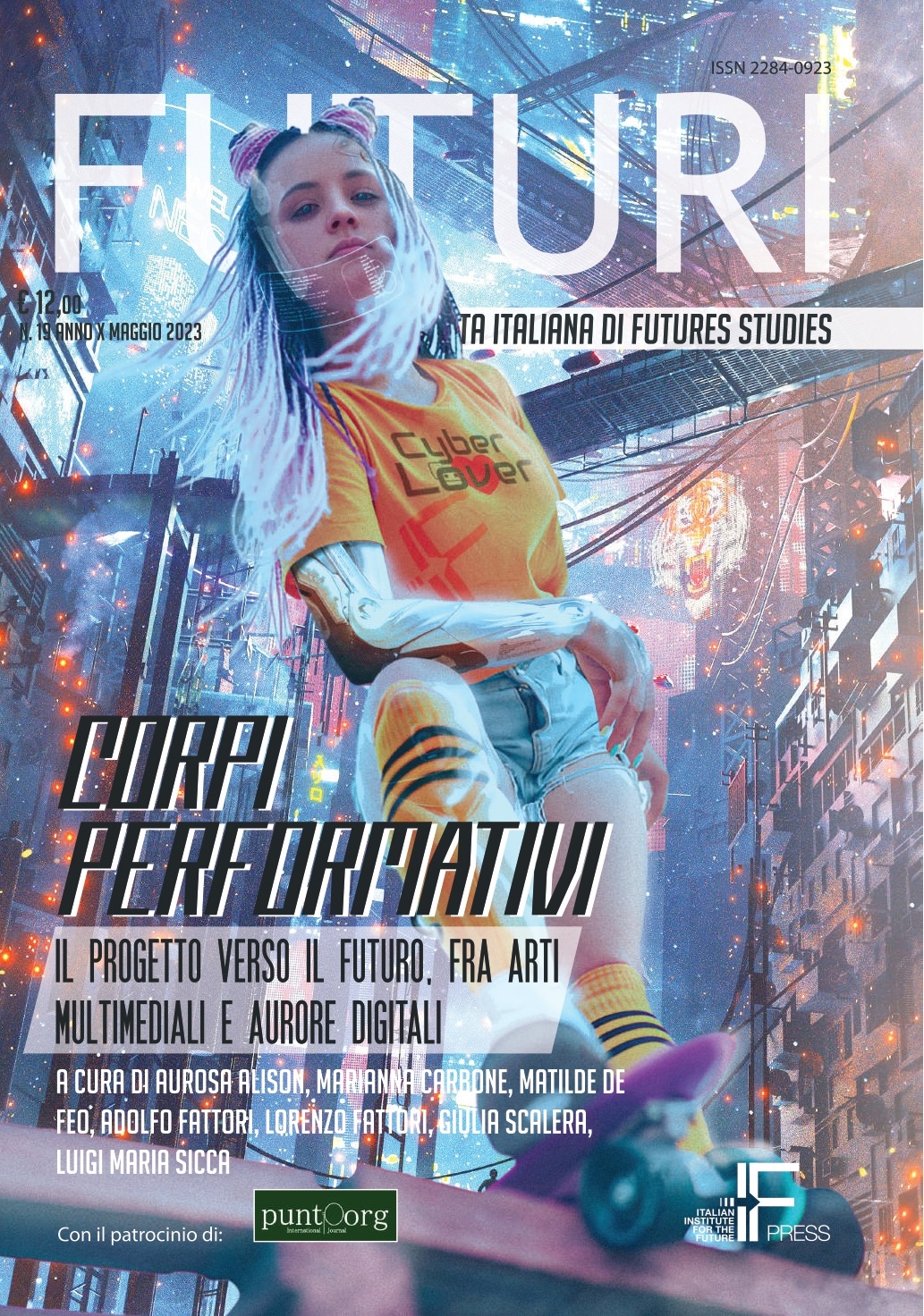Per un Nuovo Abitare: Una riflessione “sensibile” del dato e una prospettiva estetica sul corpo-dispositivo

Pubblicato 21-01-2025
Parole chiave
- Future,
- Innovation
Abstract
Richard Shusterman, known for his “somaesthetic” theory, proposes a new integration
between the spiritual and corporeal dimensions, bringing to light Dewey’s ideas according
to which the object of aesthetics is not merely the intellectual enjoyment of the work of art,
but the whole of life. The new aesthetic practices that contemporary art proposes to us of-
fer a rich panorama of stimuli, input and information. The screen, born as an architectural
object, becomes an imaginary of deep surfaces: it weaves, dresses, filters, projects, covers
and “arch-imagines” plots of the visual. Ubiquitous and multiple, the screen moves and
moves by inventing a new transitional space, where visual and spatial arts find themselves
connected in textural materiality and surface tension. Architecture is transformed into a
substantial synaesthetic entity that absorbs time and memory, archives and narrates. A New
Dwelling makes space in the corporeal practice. Shusterman’s “somaesthetics” re-bends
the body into a condition-image that is possible, actualisable and con-validated. The body-
screen is meditation-data and empathy (schermopathy), immersive and “e-written” device
in a daily ubiquitous technocorporeal (info)performance. The body is essential parameter,
metric interface (metro-body) of the world.
